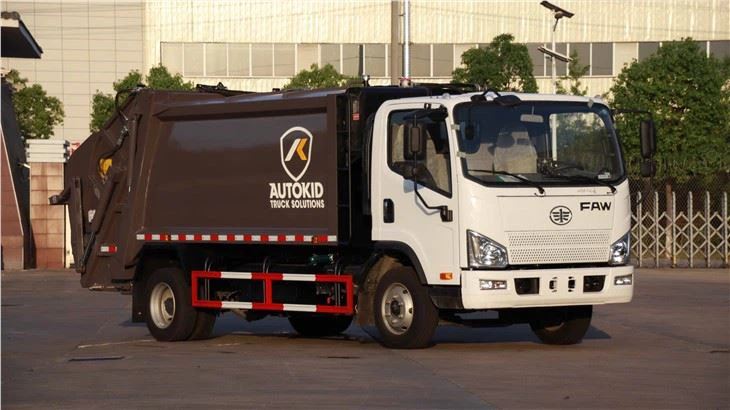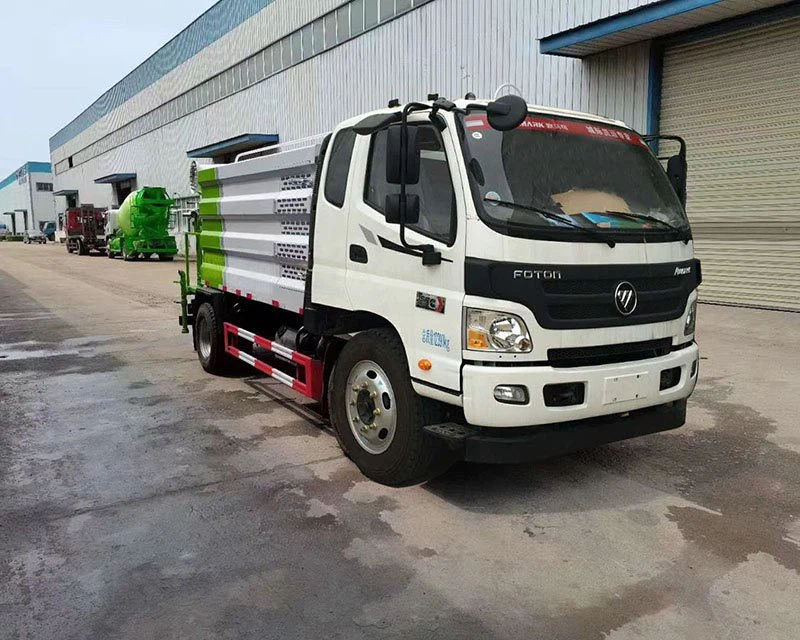Understanding Crane Truck Boom: Types, Uses, and Best Practices

Introduction
Crane truck booms play a crucial role in various industries such as construction, logistics, and manufacturing. They are essential for lifting and moving heavy materials and equipment efficiently and safely. This article delves deep into crane truck booms, exploring their types, functionality, applications, maintenance practices, and much more. By the end, you will have a comprehensive understanding of crane truck booms and how to utilize them effectively in your operations.
What is a Crane Truck Boom?
A crane truck boom is an essential component of a crane truck, designed for lifting heavy objects vertically and horizontally. The boom acts as a long arm that extends from the body of the truck to provide the necessary reach for various tasks. Whether you need to lift steel beams on a construction site or relocate machinery in a warehouse, the crane truck boom is your go-to solution.
Types of Crane Truck Booms
There are several types of crane truck booms, each designed for specific tasks. Understanding these types will help you choose the right one for your needs.

1. Telescopic Booms
Telescopic booms consist of several sections that slide in and out, allowing for adjustable length. They provide excellent reach and can extend over obstacles.

2. Articulating Booms
Articulating booms feature joints that allow for more complex movements. These booms can reach difficult angles and heights, making them suitable for challenging tasks.
3. Fixed Booms
As the name suggests, fixed booms have a static length. They are simpler in design and generally used for straightforward lifting tasks.
4. Knuckle Boom
Knuckle booms have a hinged joint that allows for enhanced maneuverability. They are ideal for lifting loads over short distances and into tight spaces.
Key Features of Crane Truck Booms
Understanding the key features of crane truck booms can help you evaluate their performance for your project needs.
Weight Capacity
The weight capacity of a crane truck boom is crucial. It determines how much weight the boom can safely lift. Always refer to the manufacturer’s guidelines for weight limits.
Reach
The reach of a crane truck boom defines how far it can extend. This varies depending on the type of boom, with telescopic booms usually offering the highest reach.
Materials
Most crane truck booms are made of steel or aluminum, balancing strength and weight for optimal performance.
Control Systems
Crane truck booms can operate with manual controls or advanced hydraulic systems. The choice depends on the complexity and requirements of the lifting task.

Applications of Crane Truck Booms
A crane truck boom can be utilized in various applications across multiple industries:
1. Construction Sites
Crane truck booms are essential in construction for lifting heavy materials like girders, beams, and concrete blocks. They facilitate efficient project execution with minimal manual effort.
2. Transportation and Logistics
In logistics, crane truck booms are used for loading and unloading cargo from delivery trucks and shipping containers, enhancing productivity in warehouses.
3. Oil and Gas Industry
In the oil and gas sector, crane truck booms assist in placing heavy equipment on offshore rigs and construction of pipelines.
4. Utility Maintenance
Crane truck booms are effective in utility maintenance. They are used to lift workers and tools to repair power lines and streetlights safely.
Choosing the Right Crane Truck Boom
Selecting the right crane truck boom involves understanding your project’s specific needs. Here are some factors to consider:
1. Project Scope
Assess the size and complexity of your project. Larger projects might require heavy-duty telescopic booms, while smaller tasks may only need fixed or articulating booms.
2. Budget
Evaluate your budget for equipment and maintenance. Higher quality booms may require a larger initial investment but can lead to cost savings in safety and efficiency.
3. Environmental Considerations
Consider the working conditions, such as terrain and weather. Some booms are better suited for outdoor jobs, while others may be more efficient indoors.
Best Practices for Operating Crane Truck Booms
To ensure safe and effective operation of crane truck booms, follow these best practices:
1. Regular Maintenance
Conduct regular inspections of the boom, checking for wear and damage. Keep hydraulic systems and controls in optimal condition.
2. Proper Training
Ensure that operators are adequately trained and certified to use the equipment. A knowledgeable operator significantly reduces the risk of accidents.
3. Load Management
Always be aware of the weight and dimensions of the load. Never exceed the boom’s rated capacity to prevent accidents or equipment failure.
4. Environmental Awareness
Be mindful of the environmental conditions, including wind, rain, or other factors that could impact the operation.
Common Mistakes to Avoid
While working with crane truck booms, avoiding common mistakes can enhance safety and efficiency:
1. Ignoring Manufacturer Guidelines
Always adhere to the manufacturer’s guidelines and specifications to ensure safety and proper operation.
2. Overloading
Never overload the boom, as this can lead to catastrophic failures. Always consult weight charts and assessments before lifting.
3. Neglecting Safety Gear
Ensure that operators and nearby workers wear appropriate safety gear to prevent injury in case of an accident.
Maintenance of Crane Truck Booms
Regular maintenance of crane truck booms is essential for safe operation and longevity.
1. Visual Inspection
Conduct visual inspections before every use, checking for signs of damage or wear.
2. Lubrication
Regularly lubricate moving parts to prevent corrosion and ensure smooth operation.
3. Hydraulic System Checks
Inspect hydraulic systems for leaks or adjustments, ensuring optimal function.
4. Load Testing
Carry out load testing periodically to verify the boom’s ability to perform at its rated capacity.
FAQs
1. What is the average lifespan of a crane truck boom?
The average lifespan of a crane truck boom can range from 10 to 15 years, depending on usage, maintenance, and operational conditions.
2. Can crane truck booms be used in bad weather conditions?
While crane truck booms can be used in adverse weather, it is essential to assess safety first. High winds or rain may necessitate postponing operations.
3. How often should I perform maintenance on my crane truck boom?
Maintenance checks should be performed before every use, with comprehensive inspections and servicing scheduled according to the manufacturer’s recommendations.
4. What safety measures should be in place when operating a crane truck boom?
Operators should follow safety protocols, including wearing PPE, conducting safety briefings, and ensuring that the working area is free of hazards.
5. Are crane truck booms suitable for indoor operations?
Yes, certain types of crane truck booms, especially articulating booms, are designed for indoor operations and can maneuver through tight spaces.
6. How do I increase the stability of a crane truck boom during operations?
Using outriggers can enhance stability. Always position the crane truck on stable ground and avoid sudden movements when lifting loads.
